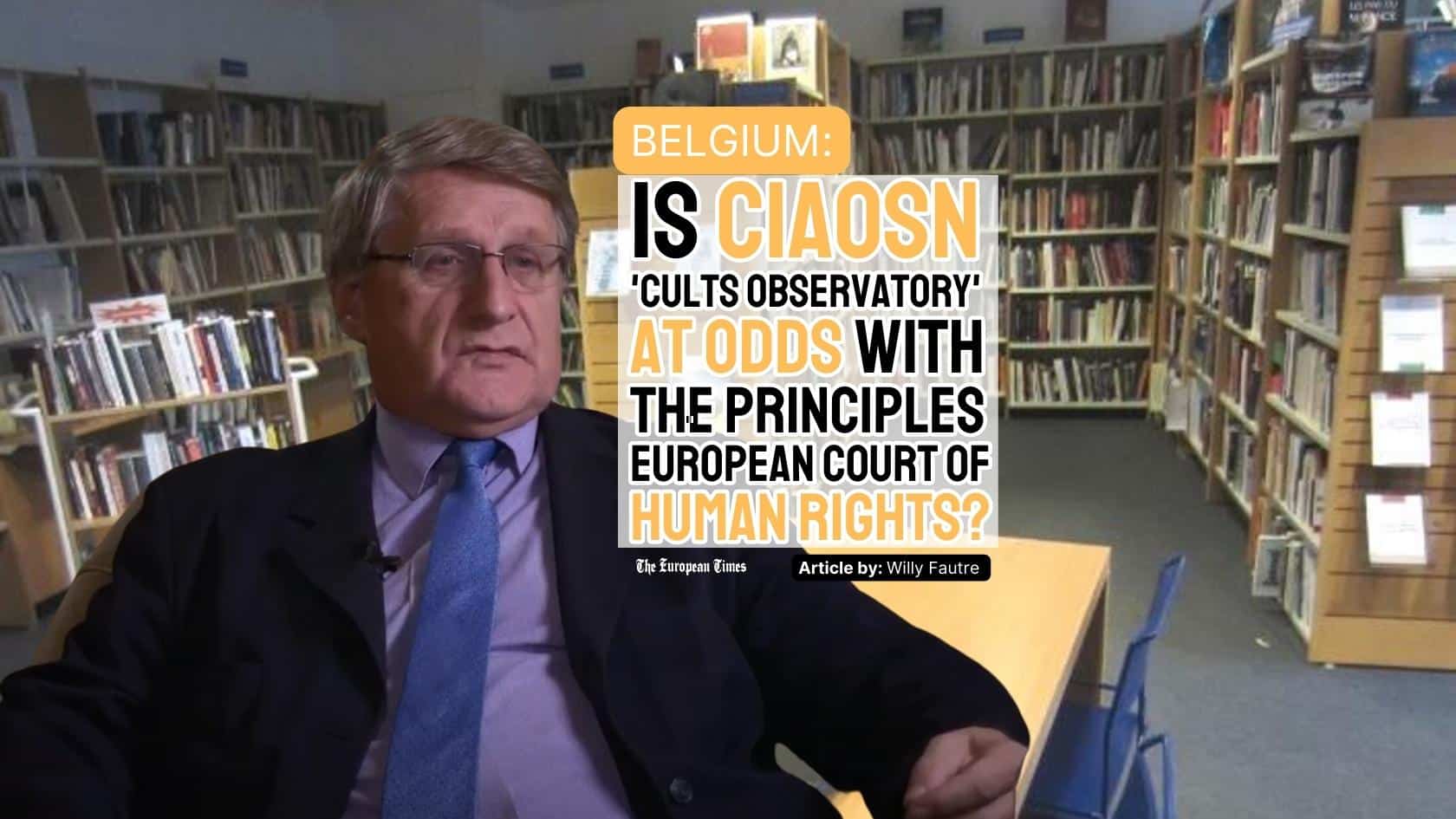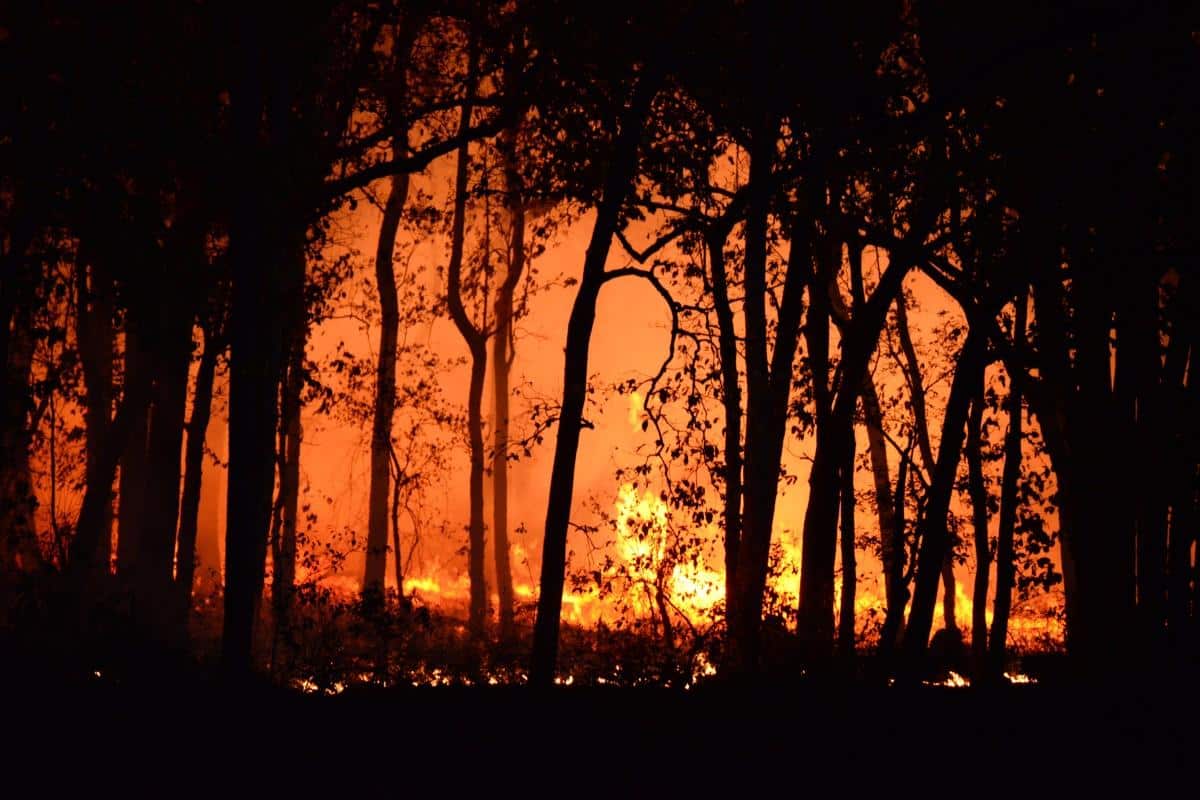The European Union (EU) and New Zealand have officially signed a groundbreaking free trade agreement (FTA) that holds immense potential for economic growth and sustainability. This landmark deal is expected to deliver significant gains for the EU, cutting approximately €140 million in duties for EU companies annually from the first year of implementation. With an estimated growth of up to 30% in bilateral trade within a decade, the FTA could potentially drive annual EU exports by up to €4.5 billion. Moreover, EU investment in New Zealand has the potential to increase by up to 80%. This historic agreement also stands out due to its unprecedented sustainability commitments, including respect for the Paris Climate Agreement and core labour rights.
New Export Opportunities and Business Advantages:
The EU-New Zealand FTA opens up new horizons for businesses of all sizes. It eliminates all tariffs on EU exports to New Zealand, expanding market access and trade potential. The agreement specifically focuses on key sectors such as financial services, telecommunications, maritime transport, and delivery services, enabling EU businesses to tap into the New Zealand services market. Both parties have ensured non-discriminatory treatment for investors, enhancing investment prospects and fostering a conducive business environment.
The agreement also improves access to New Zealand government procurement contracts for EU companies, facilitating trade in goods, services, works, and works concessions. It streamlines data flows, establishes predictable and transparent rules for digital trade, and ensures a secure online environment for consumers. By preventing unjustified data localization requirements and upholding high standards of personal data protection, the agreement promotes digital trade and privacy.
New Zealand is a key partner for us in the Indo-Pacific region, and this free trade agreement will bring us even closer together. With today’s signature, we have taken an important step in making the agreement a reality. This modern free trade agreement brings major opportunities for our companies, our farmers and our consumers, on both sides. With unprecedented social and climate commitments, it drives just and green growth while reinforcing Europe’s economic security.
Ursula von der Leyen, President of the European Commission – 09/07/2023
Boosting Agricultural and Food Trade:
The agricultural and food sector is set to benefit significantly from the EU-New Zealand FTA. EU farmers gain immediate access to the New Zealand market, as tariffs on key exports such as pig meat, wine, chocolate, sugar confectionery, and biscuits are eliminated from day one. Furthermore, the agreement safeguards the protection of nearly 2,000 EU wines and spirits.
Additionally, it ensures the protection of 163 traditional EU products known as Geographical Indications, including iconic items like Asiago and Feta cheeses, Lübecker Marzipan, and Istarski pršut ham. However, sensitive agricultural sectors such as dairy, beef, sheep meat, ethanol, and sweetcorn have been addressed through provisions that limit trade liberalization. Tariff Rate Quotas will allow limited imports from New Zealand at zero or reduced tariffs, safeguarding the interests of EU producers.
EU-New Zealand take Unprecedented Commitments to Sustainability:
The EU-New Zealand FTA sets new standards for sustainability commitments in trade agreements. It integrates the EU’s comprehensive approach to trade and sustainable development, emphasizing green and just economic growth. The agreement incorporates ambitious trade and sustainable development commitments, covering a wide range of issues.
It includes a dedicated chapter on sustainable food systems, highlighting the importance of environmentally responsible agricultural practices. Moreover, the agreement features a provision on trade and gender equality, aiming to promote inclusive growth. Notably, it addresses the issue of trade-related fossil fuel subsidies, demonstrating a commitment to environmental responsibility. The FTA also facilitates the liberalization of environmental goods and services, promoting green technologies and solutions.
Next Steps and Future Outlook:
The EU-New Zealand FTA is now awaiting consent from the European Parliament. Once the Parliament approves the agreement, the Council can adopt the Decision on the conclusion. Upon completion of the ratification process in both the EU and New Zealand, the agreement will come into force, opening up a new era of economic cooperation and prosperity.
This agreement underscores the EU’s commitment to an open trade approach and strengthens its engagement in the Indo-Pacific region. President Ursula von der Leyen expressed optimism regarding the FTA, emphasizing the importance of New Zealand as a key partner in the Indo-Pacific region. She highlighted the major opportunities the agreement brings for companies, farmers, and consumers on both sides, promoting equitable and sustainable growth while enhancing Europe’s economic security.
Conclusion:
The EU-New Zealand free trade agreement represents a groundbreaking milestone in international trade relations. By forging deeper economic ties, this FTA paves the way for increased trade, investment, and collaboration. Its emphasis on sustainability and adherence to global commitments further exemplify the EU’s dedication to responsible trade practices.
As the agreement progresses towards ratification, it serves as a testament to the power of international partnerships in fostering economic growth and sustainability. The EU and New Zealand have set a strong example, demonstrating that trade can be a force for positive change while promoting shared prosperity and a greener future.














